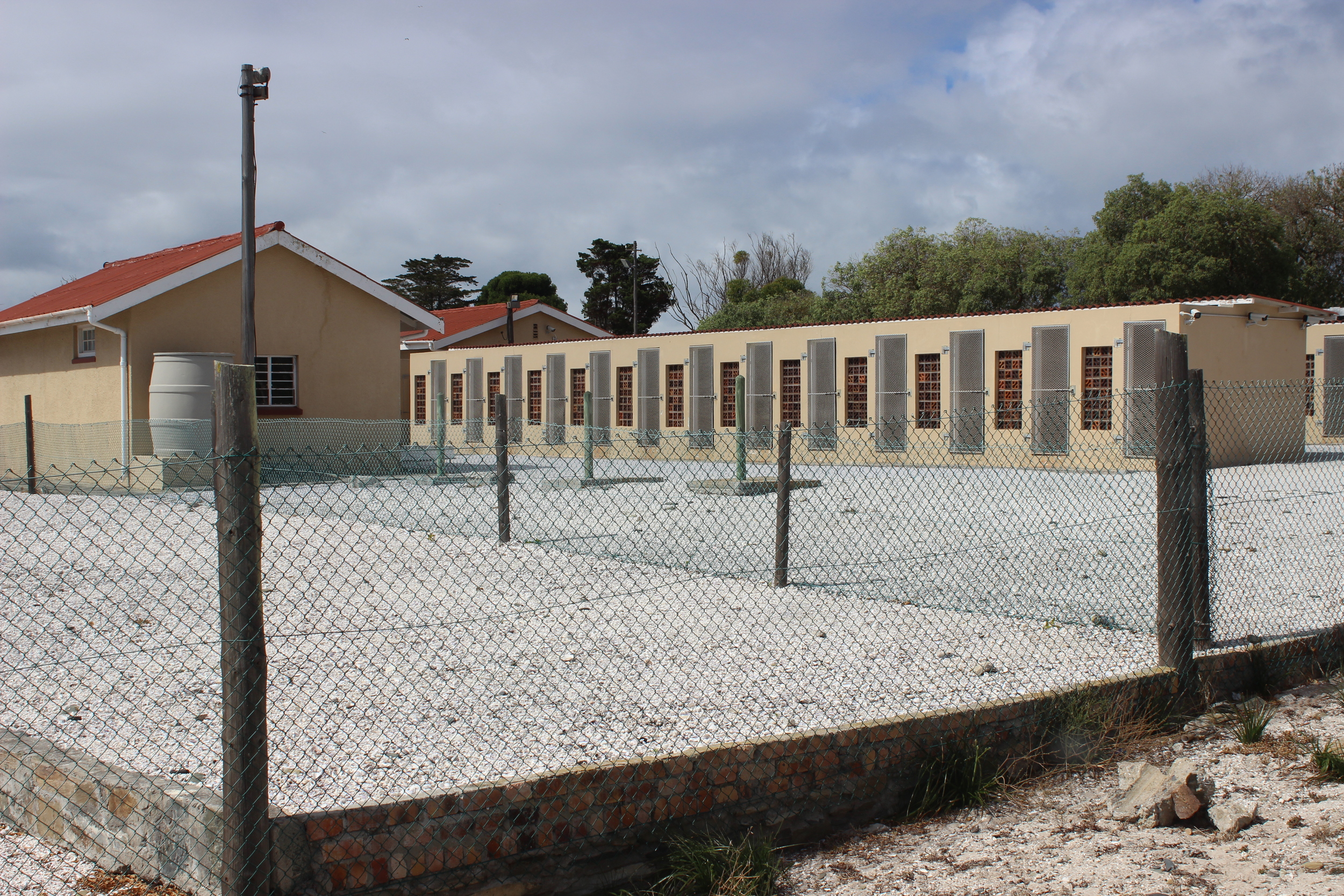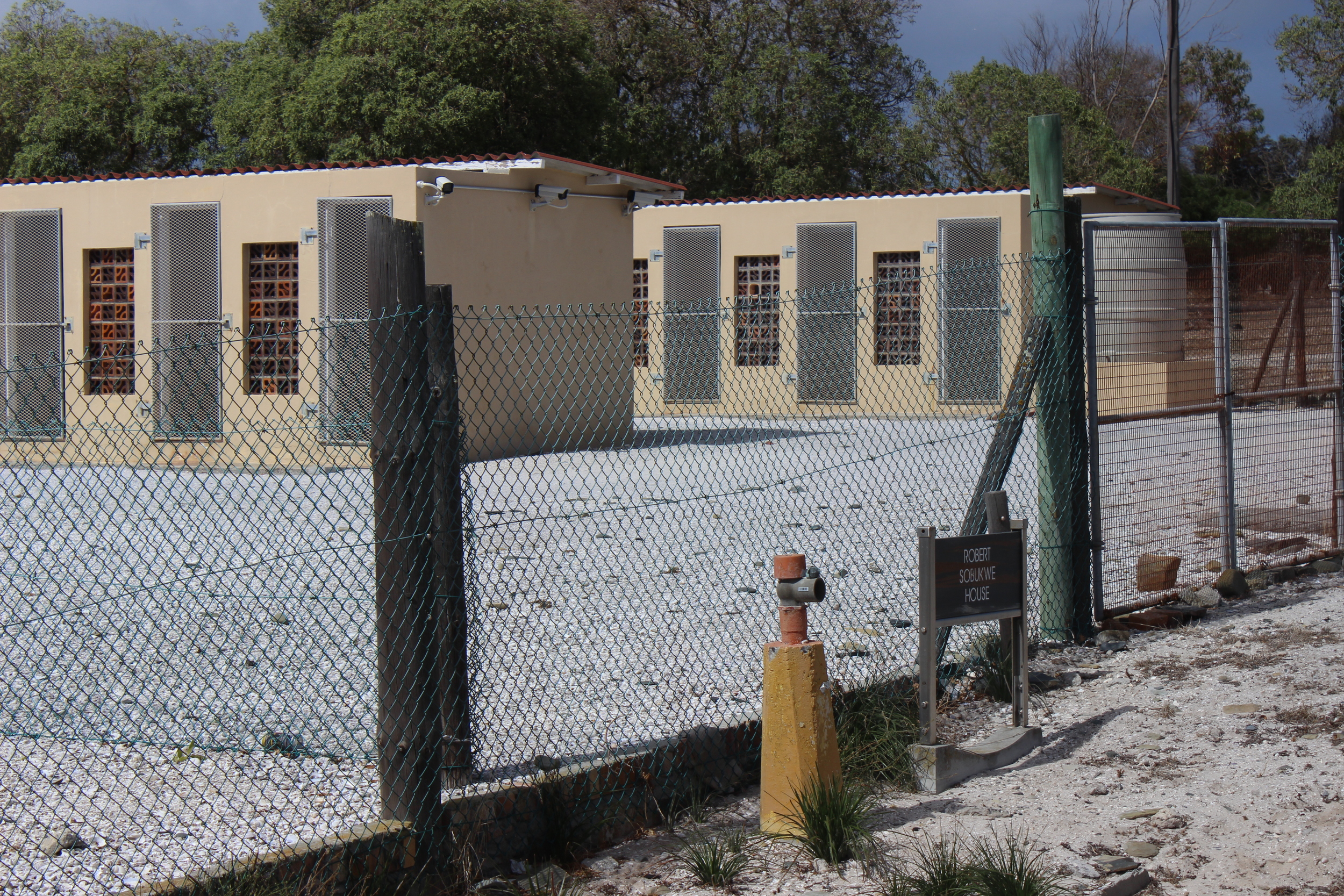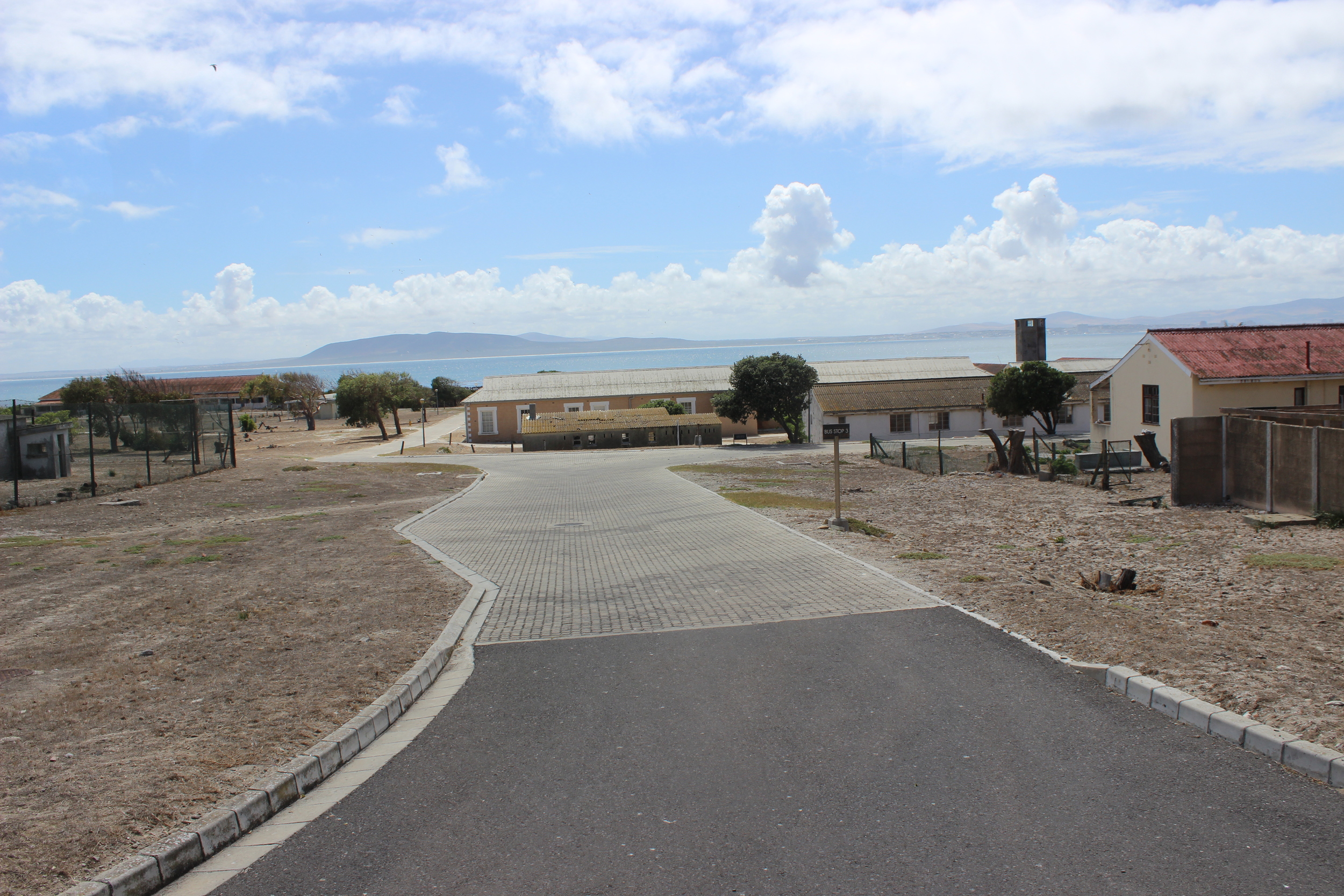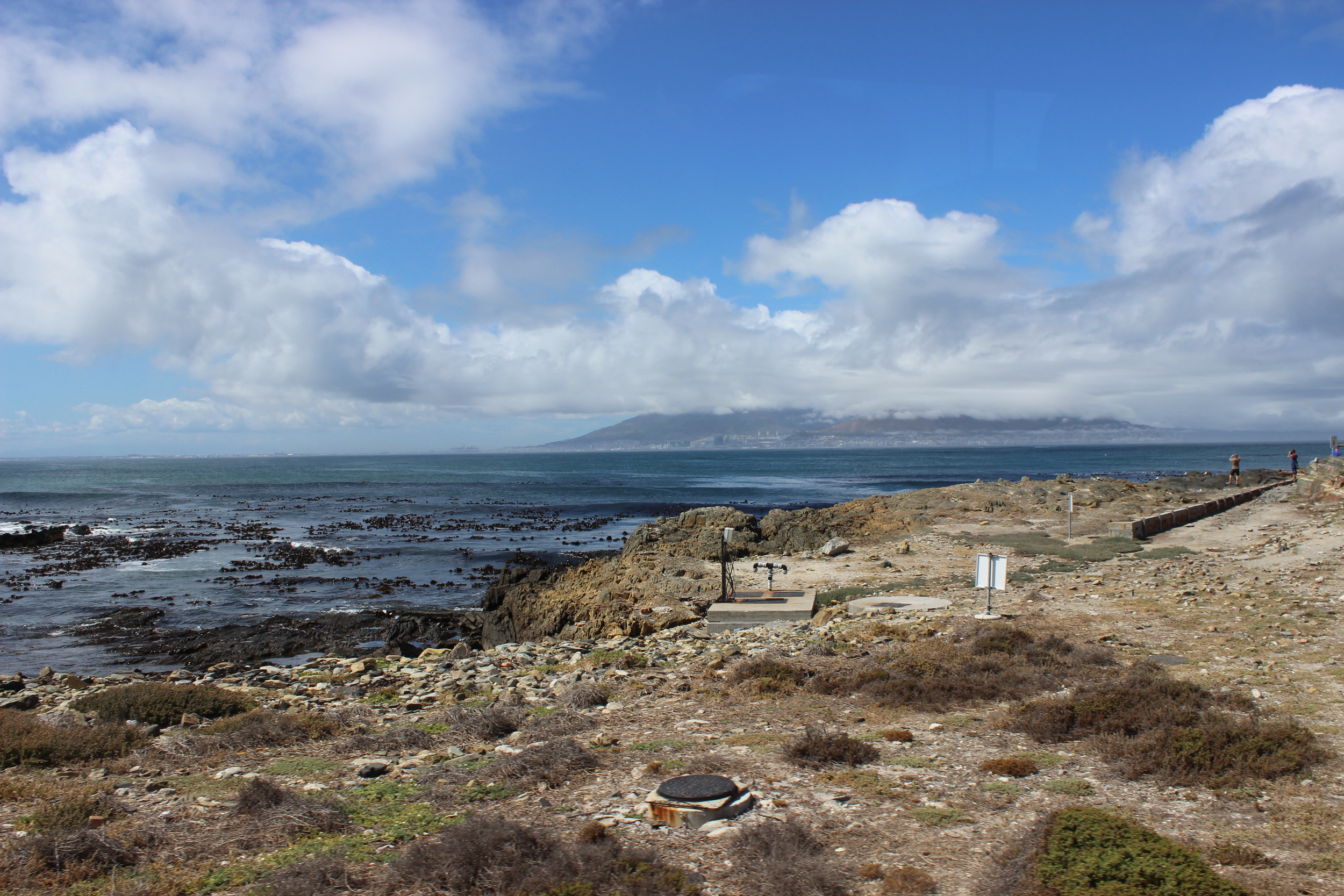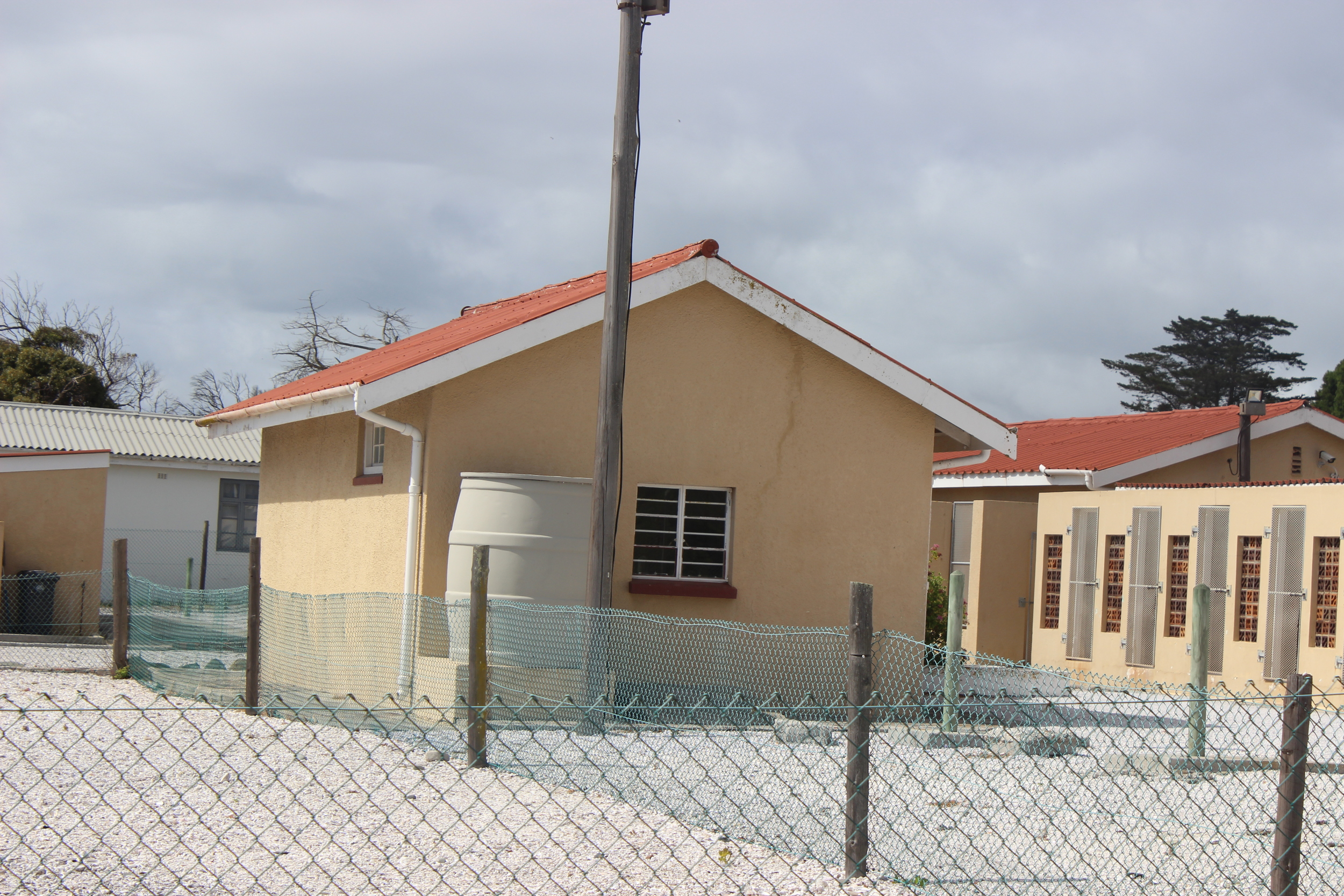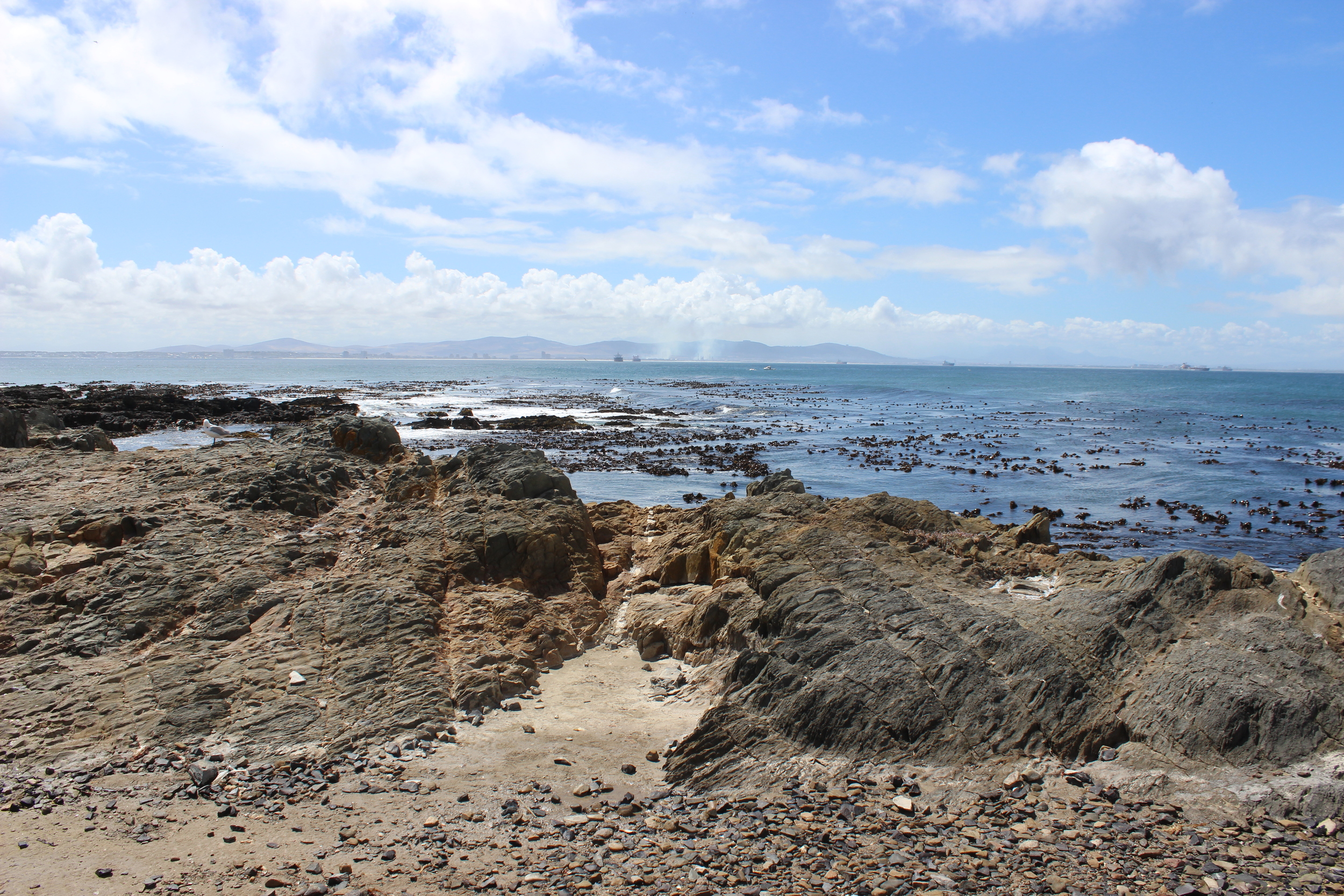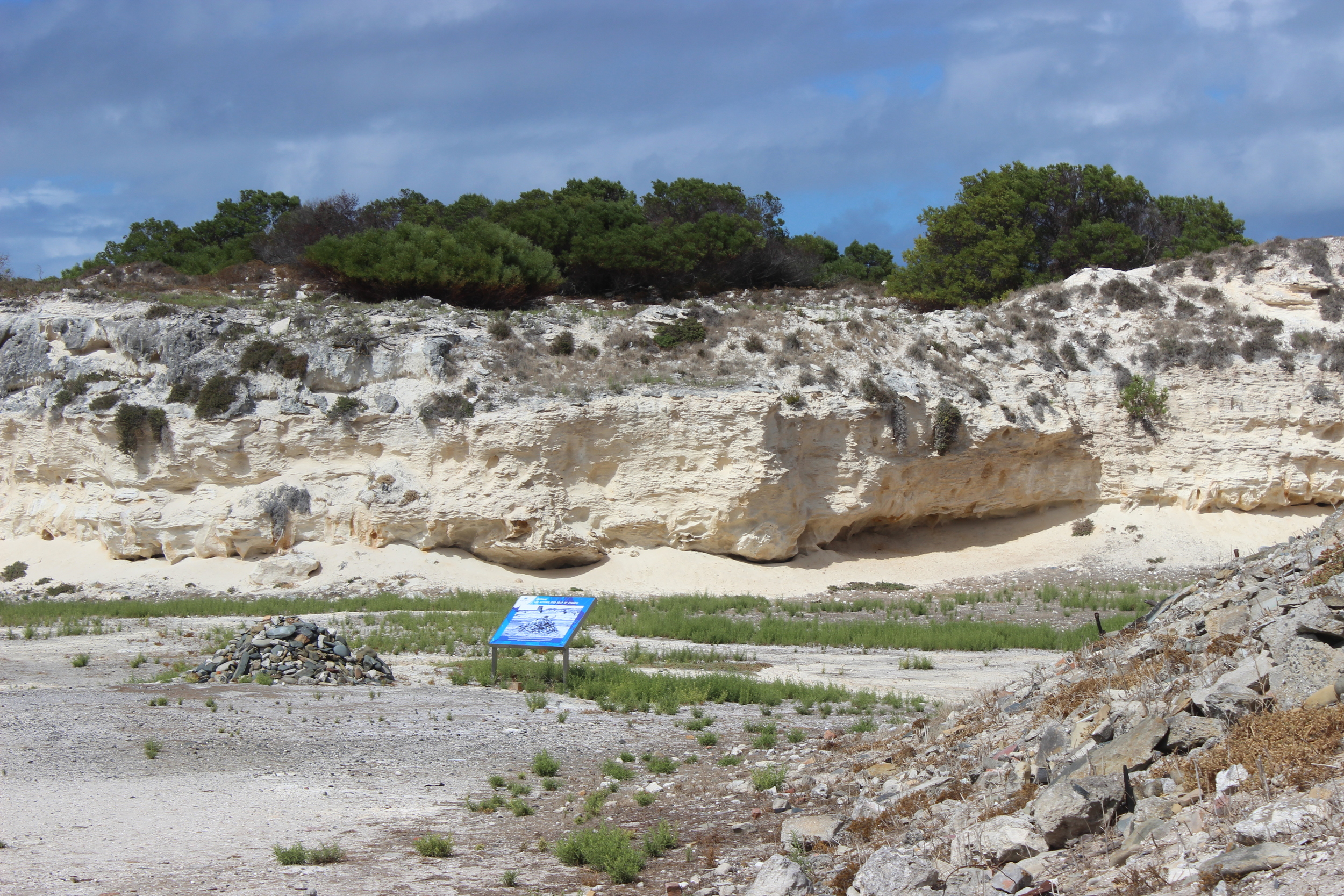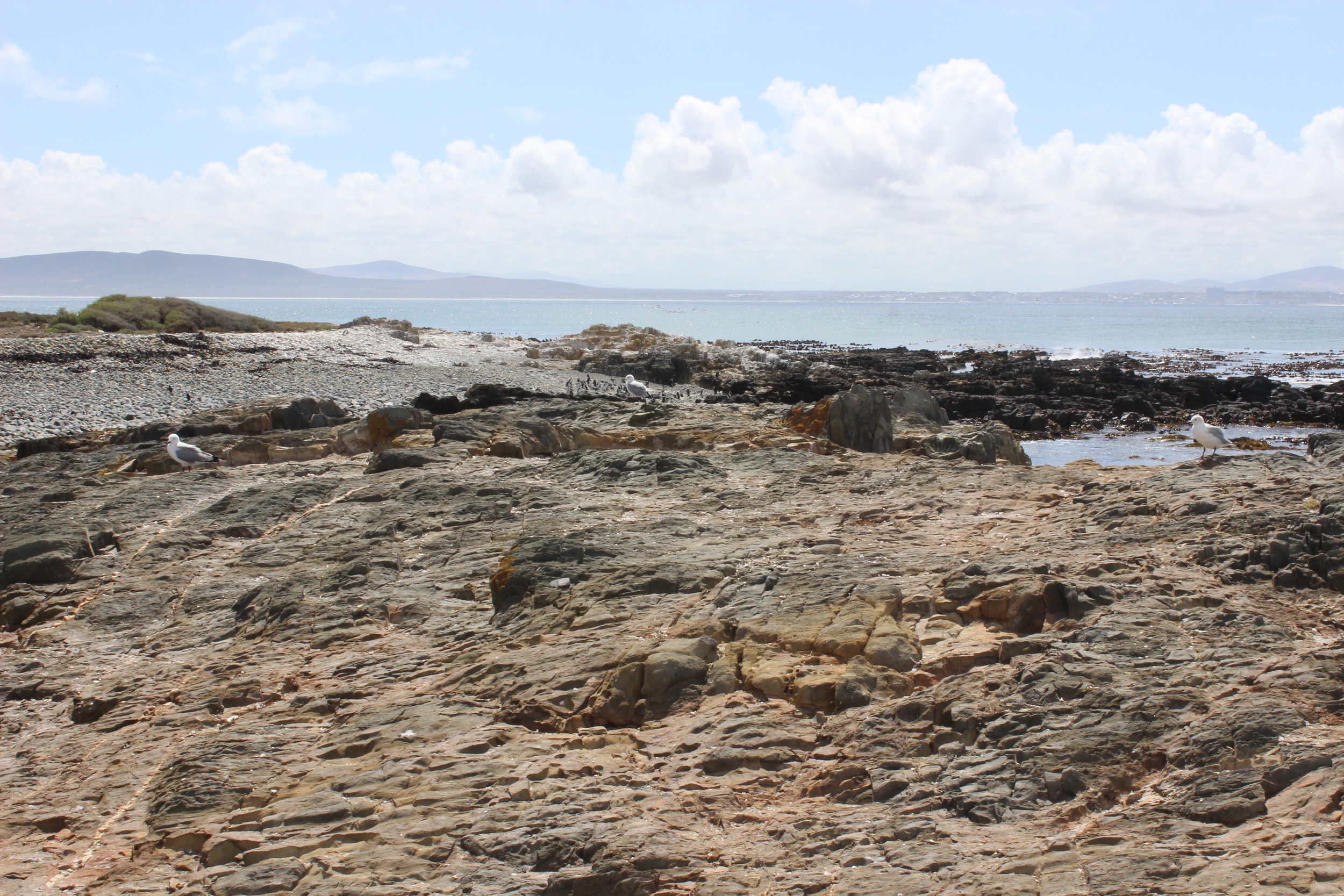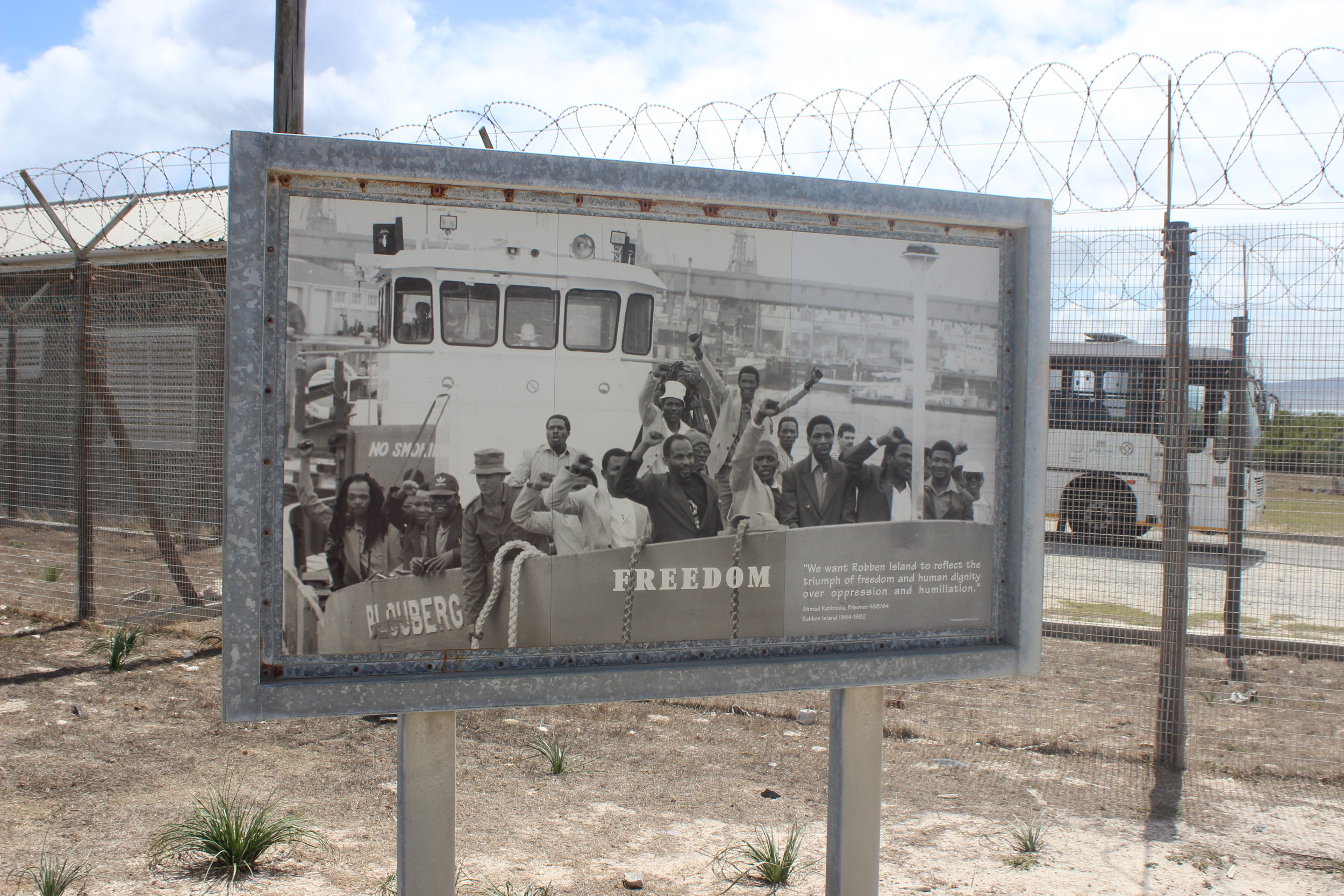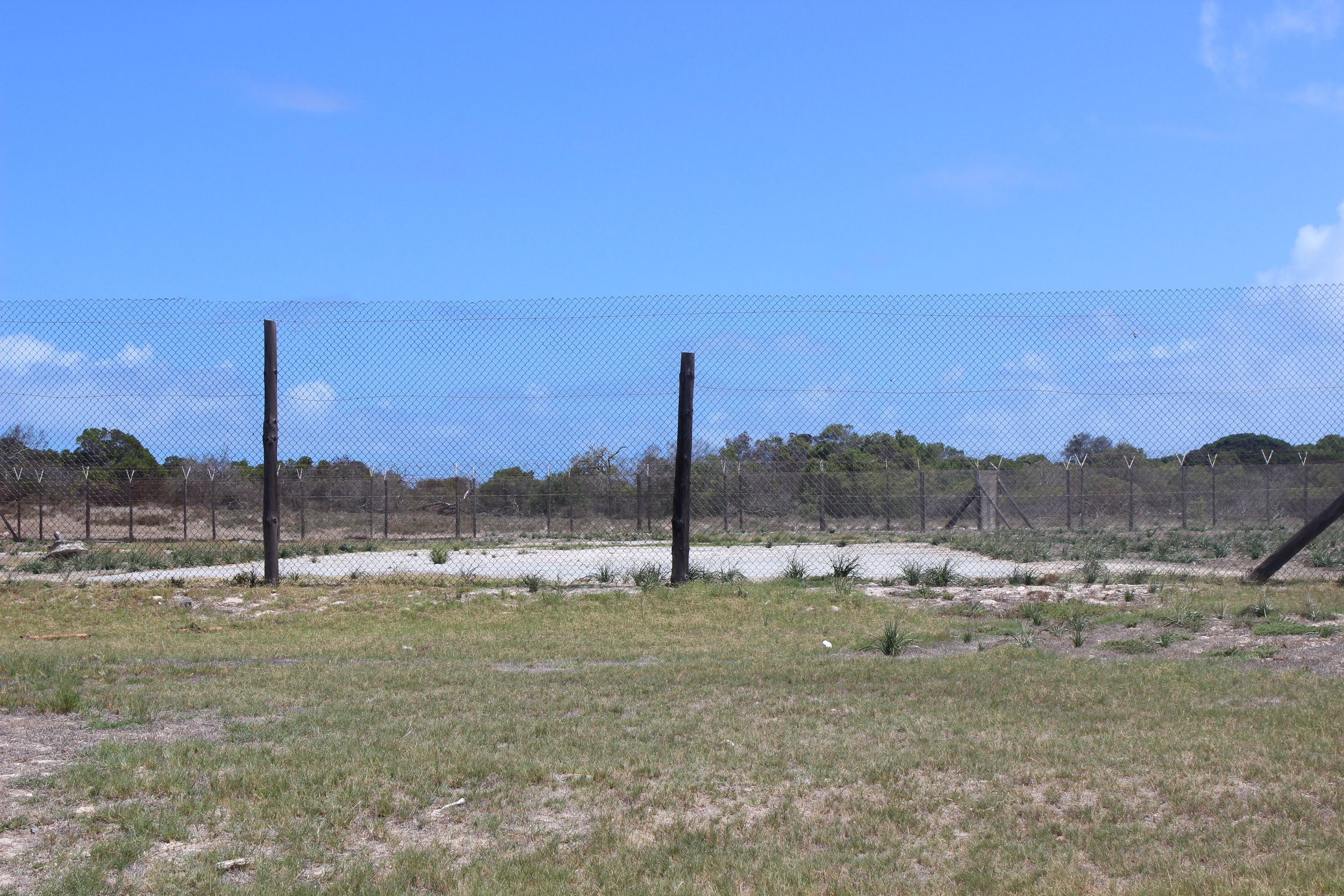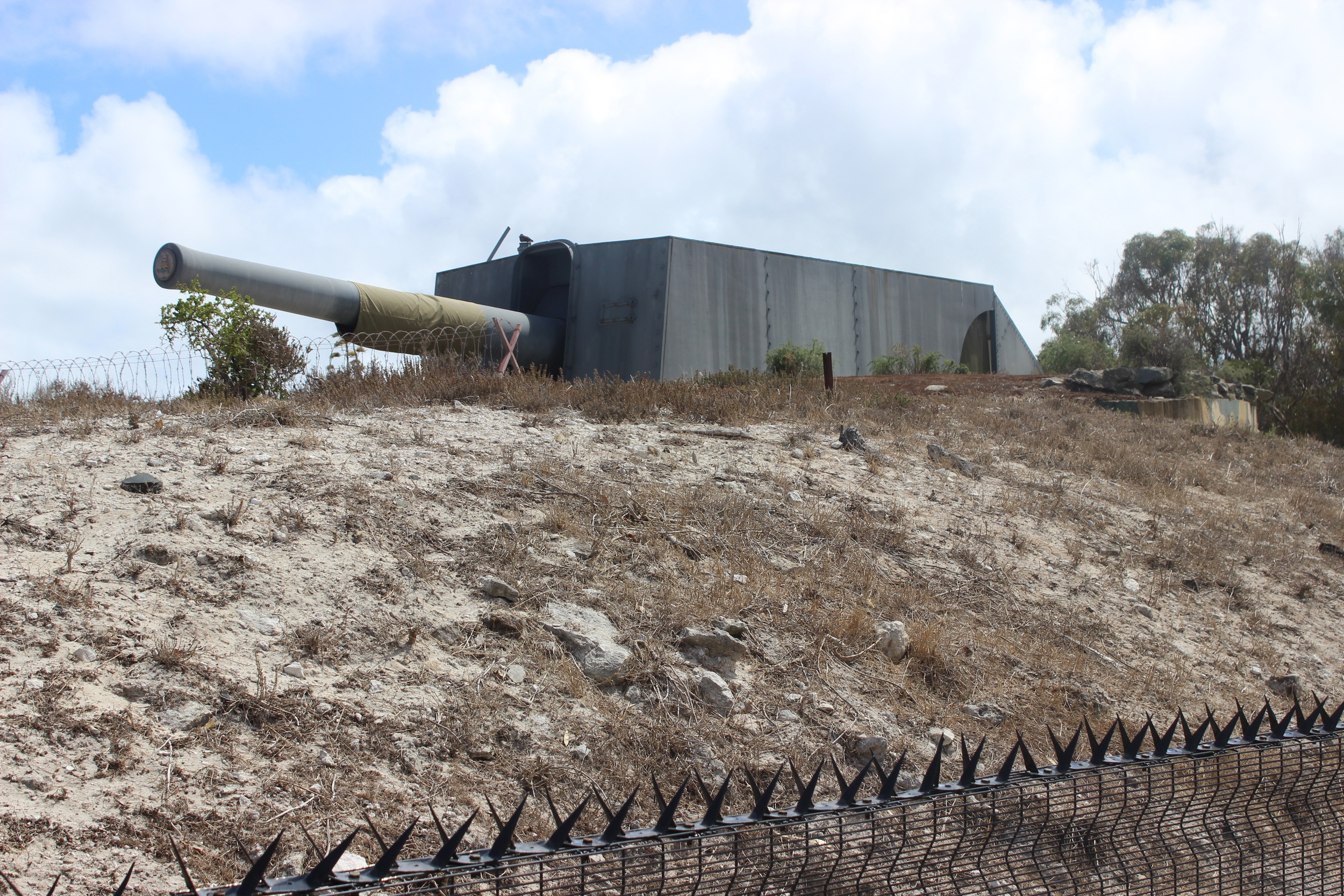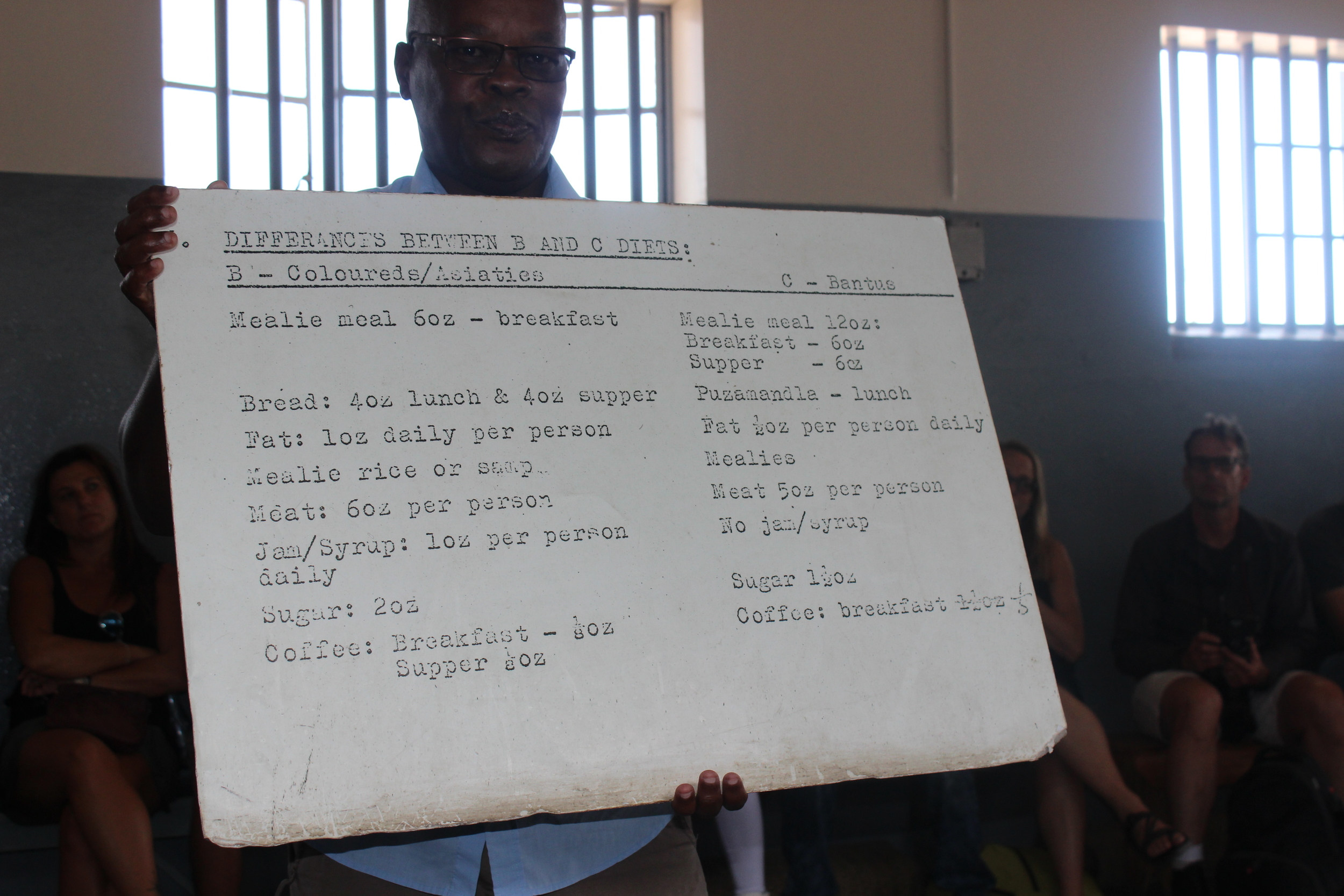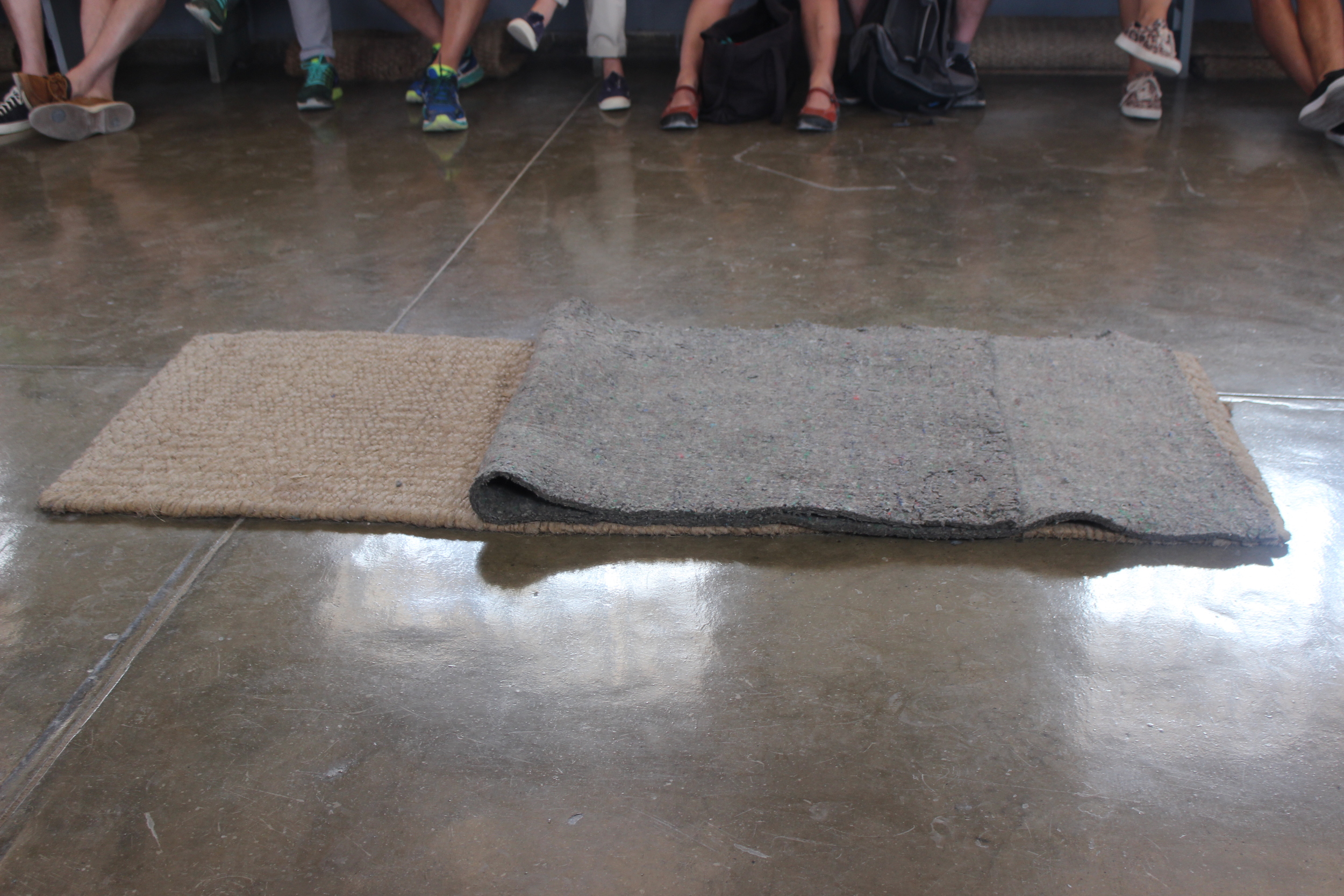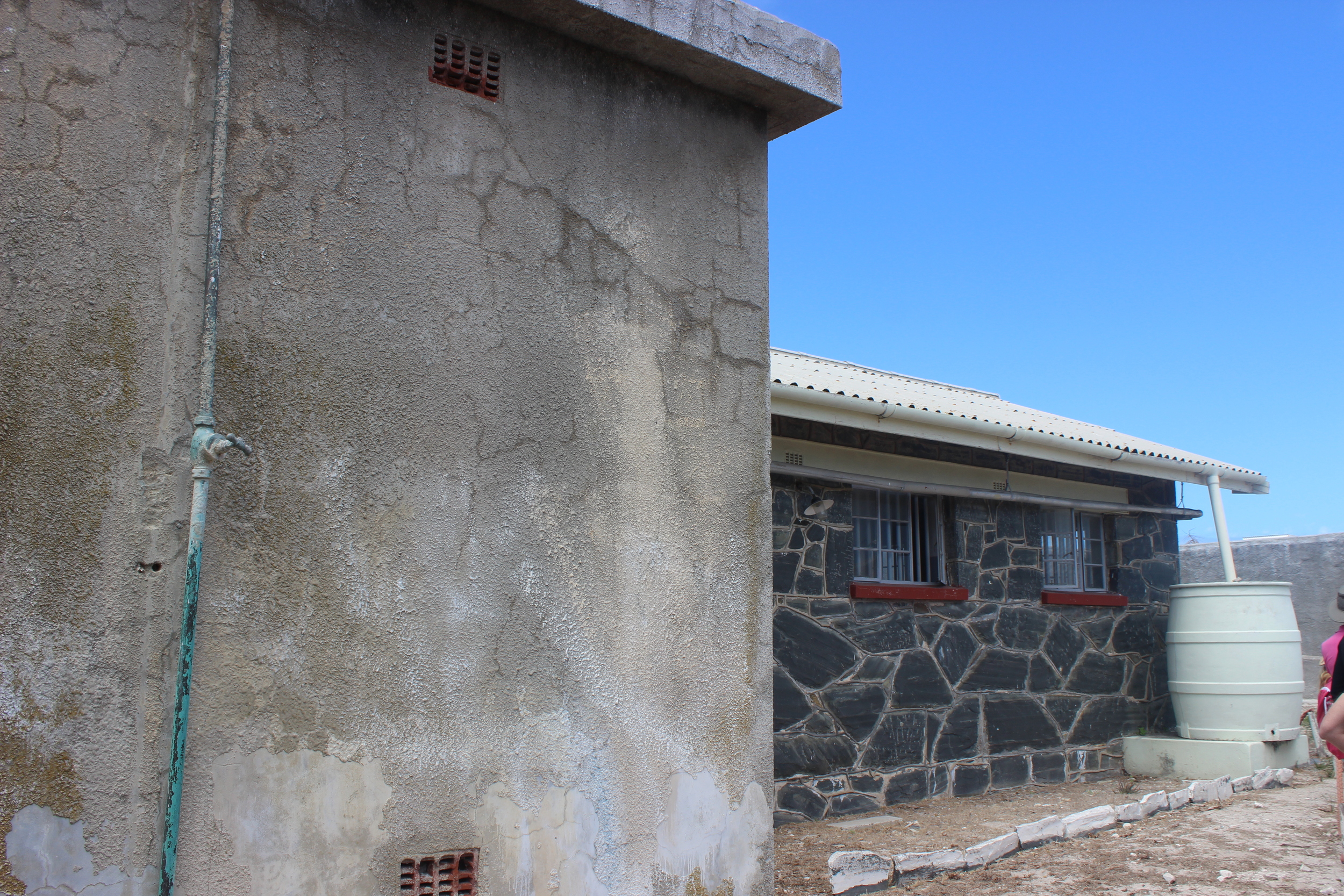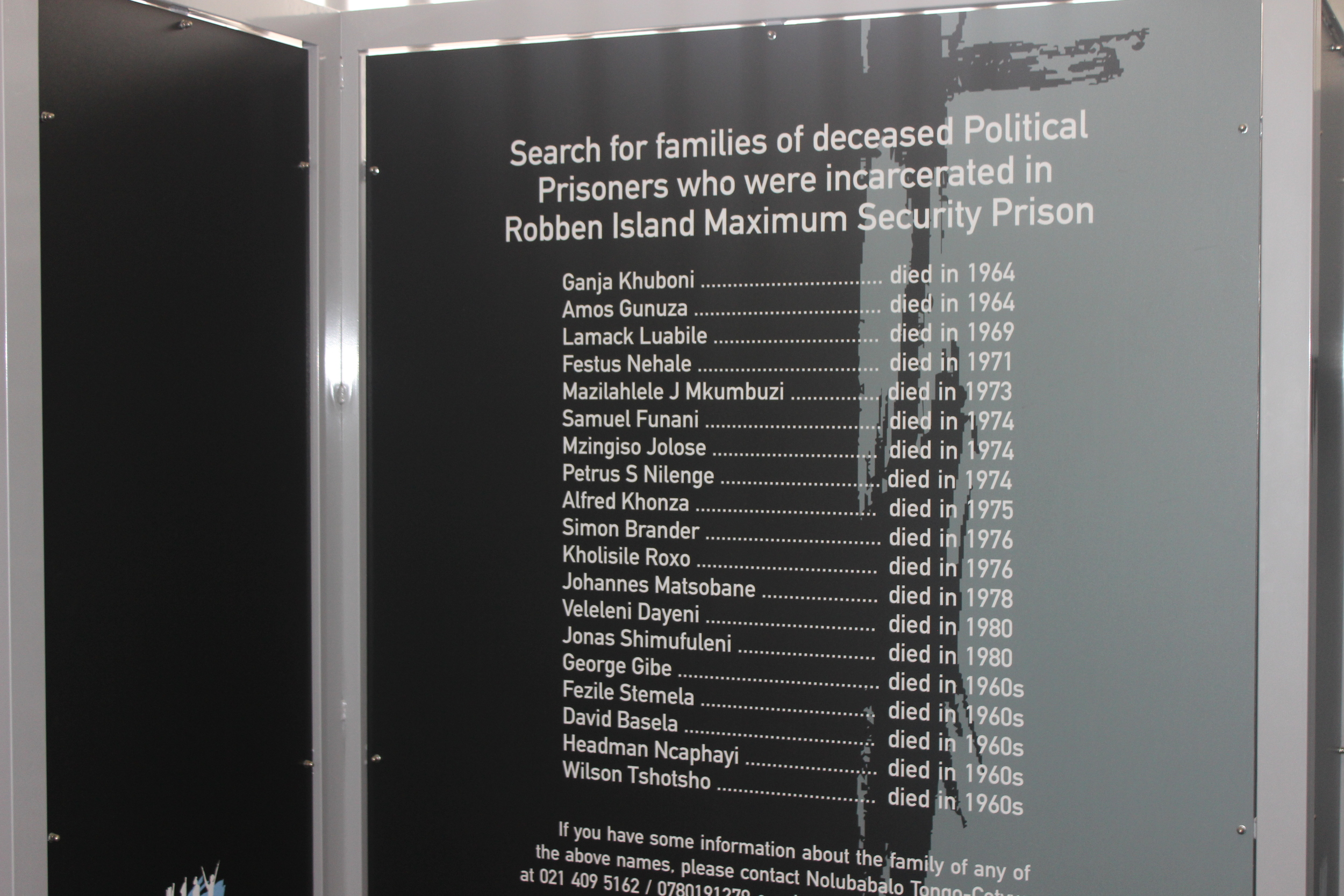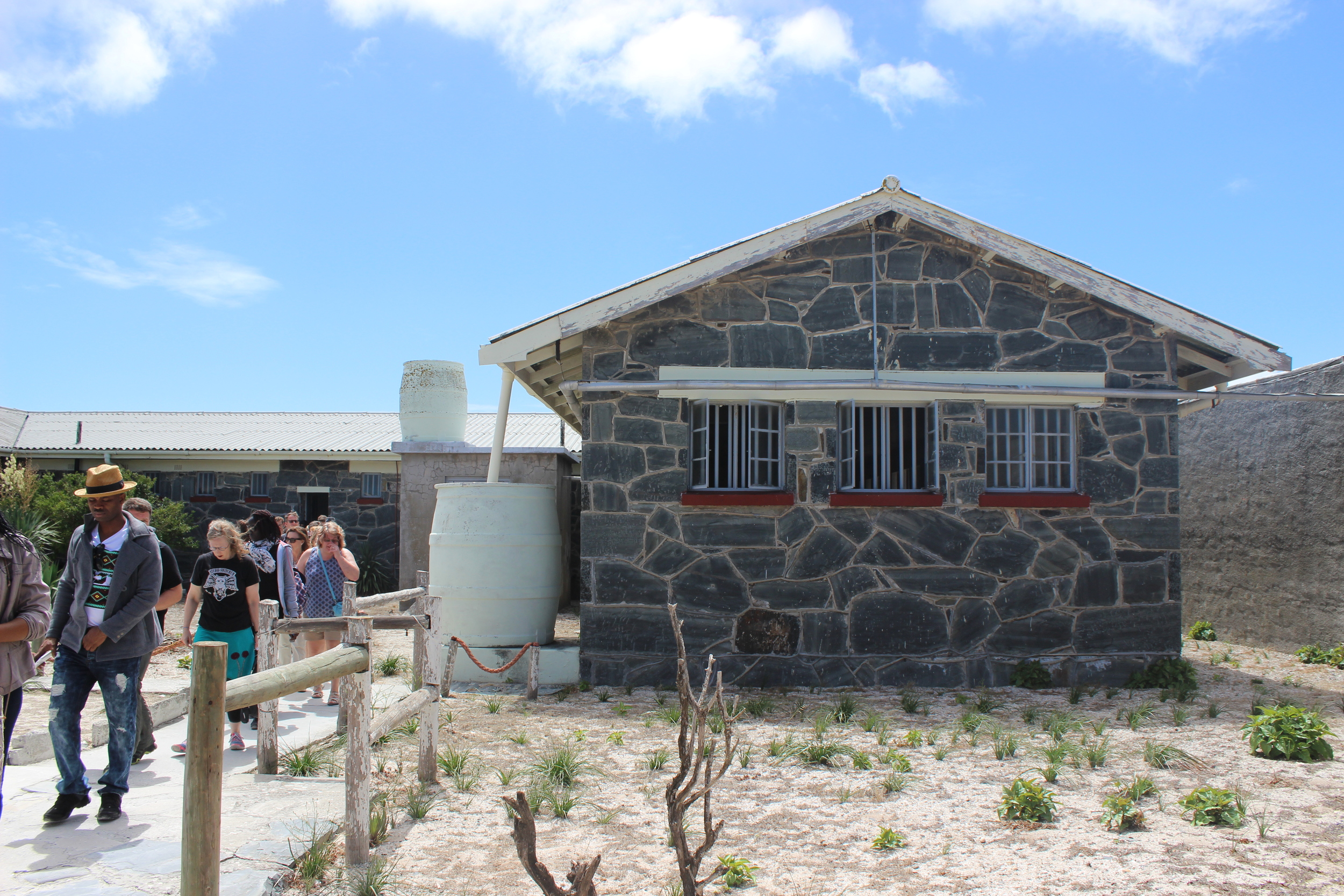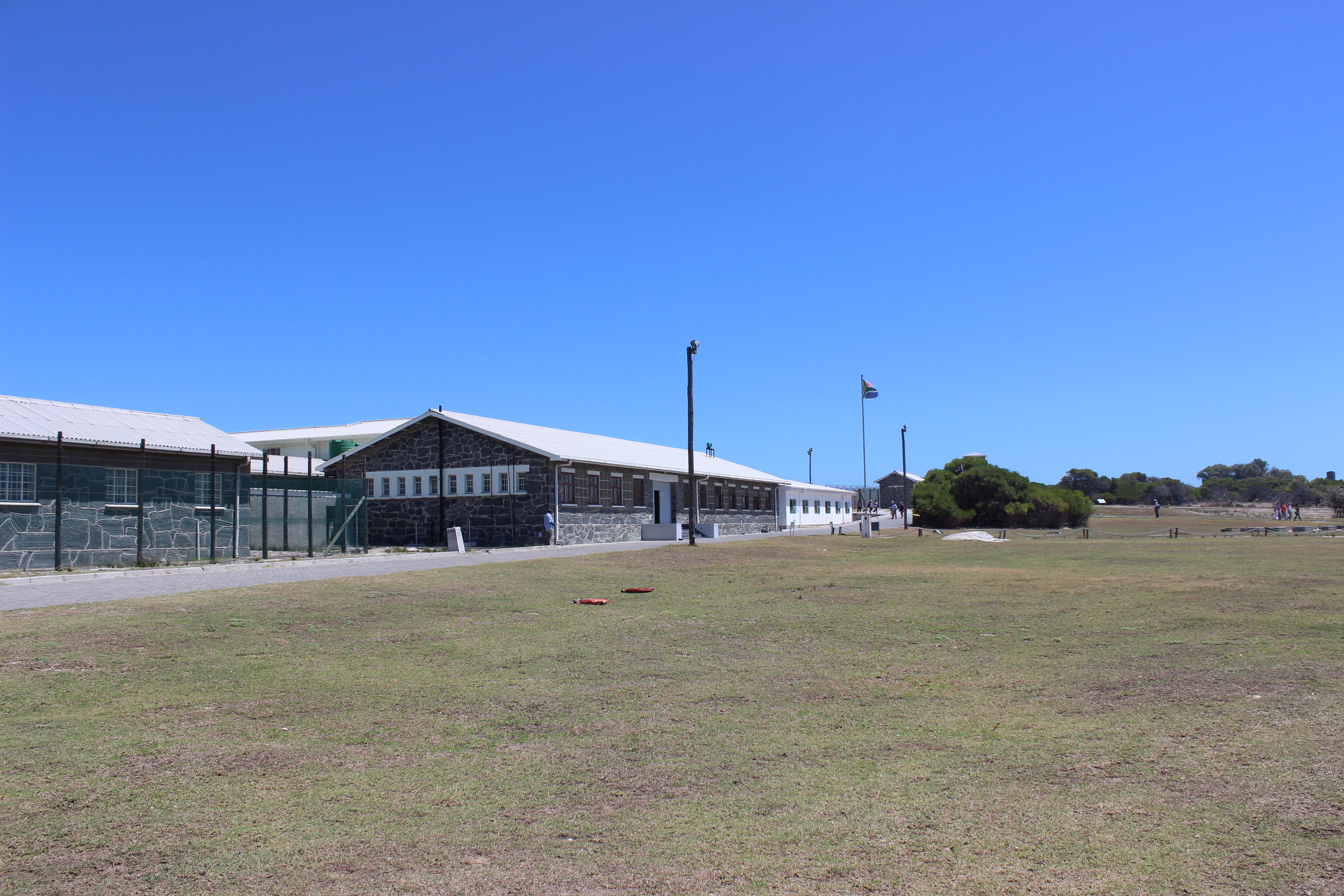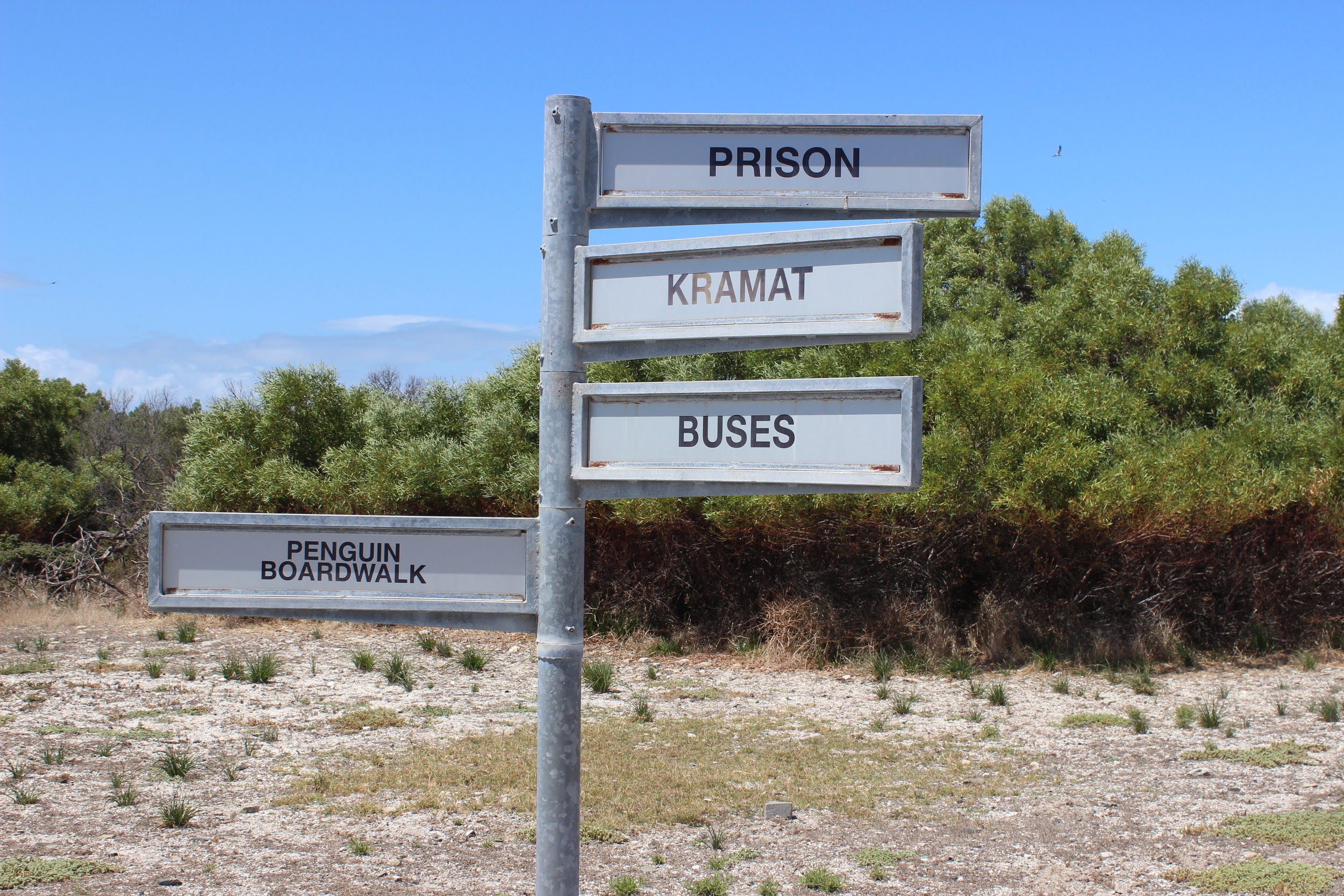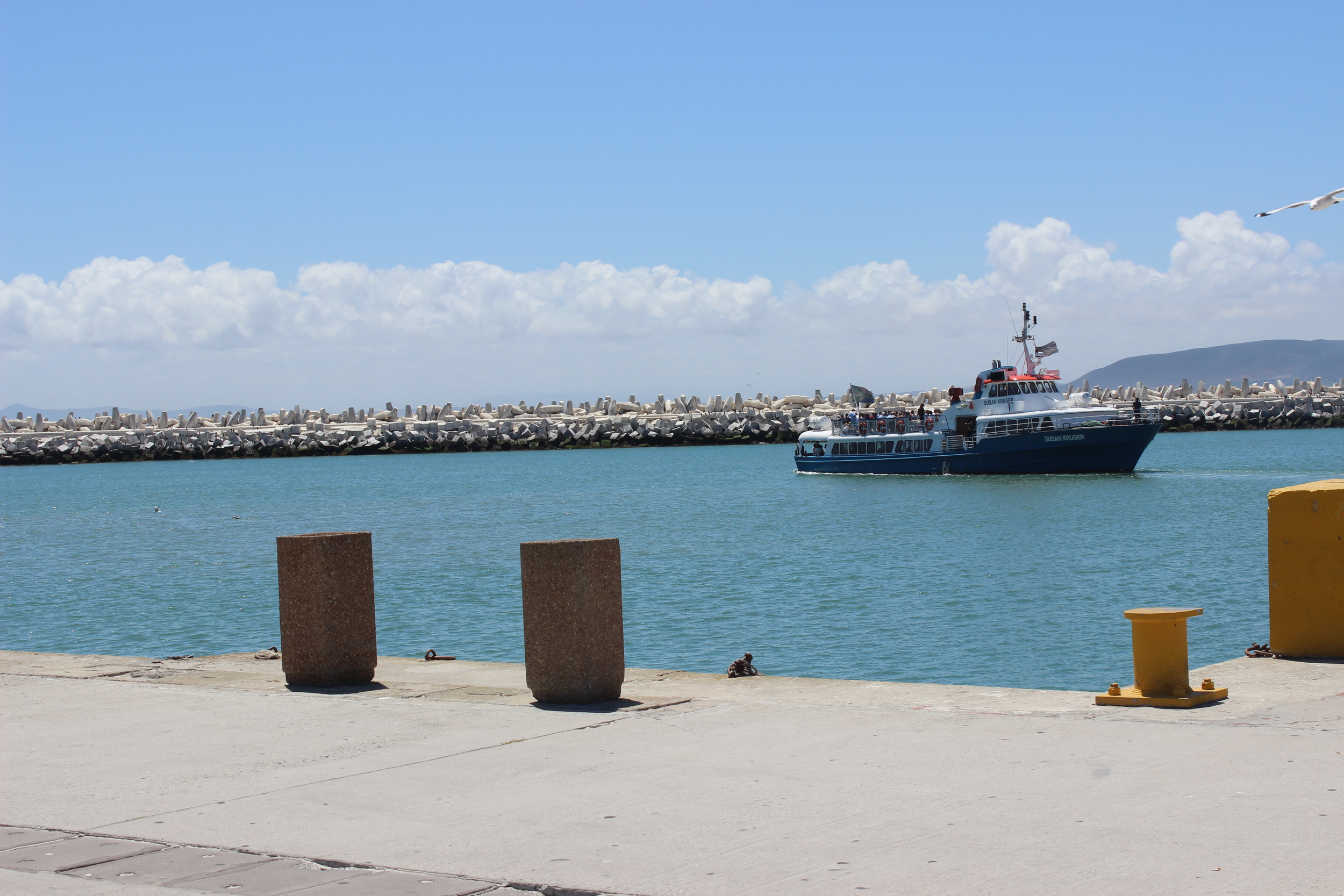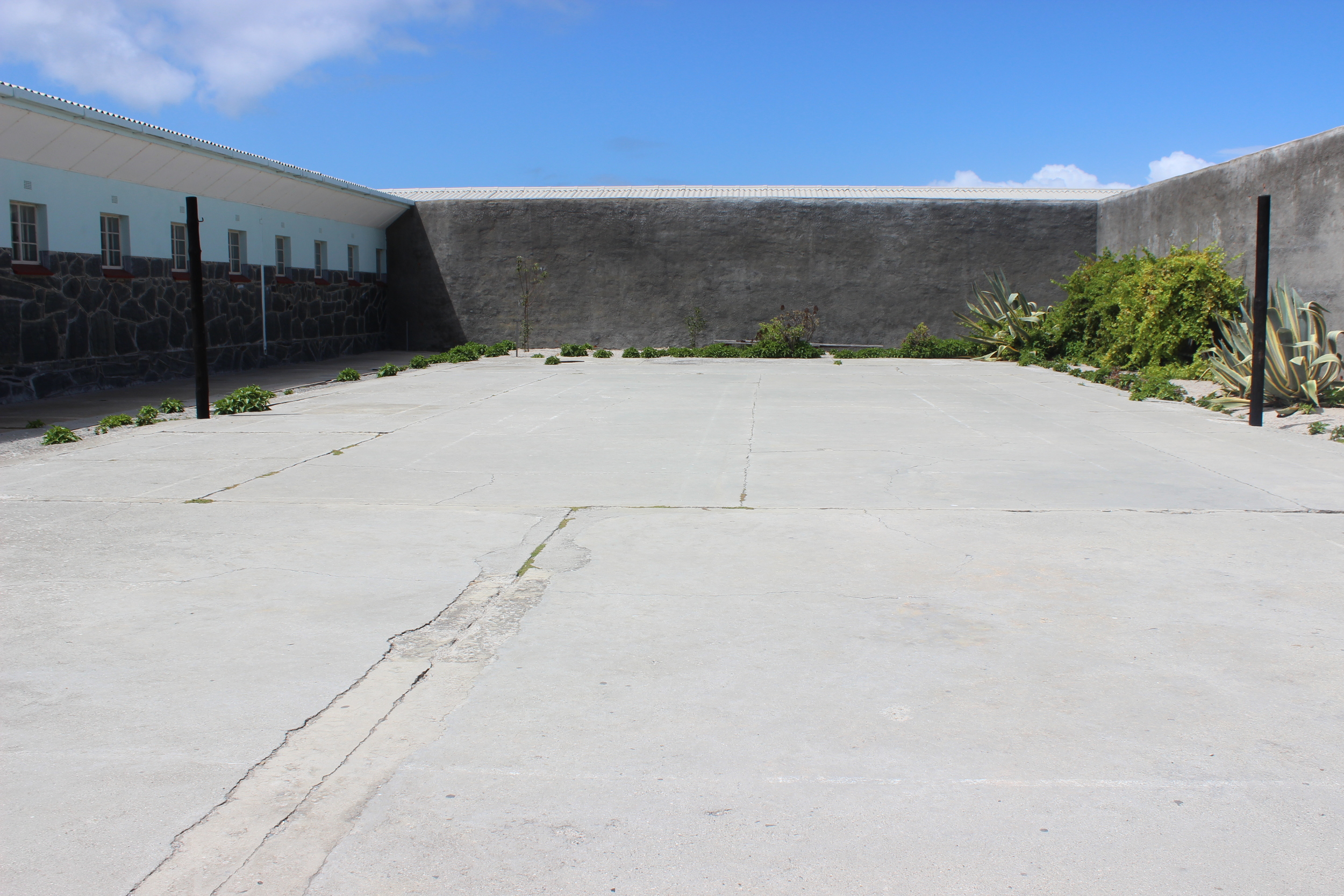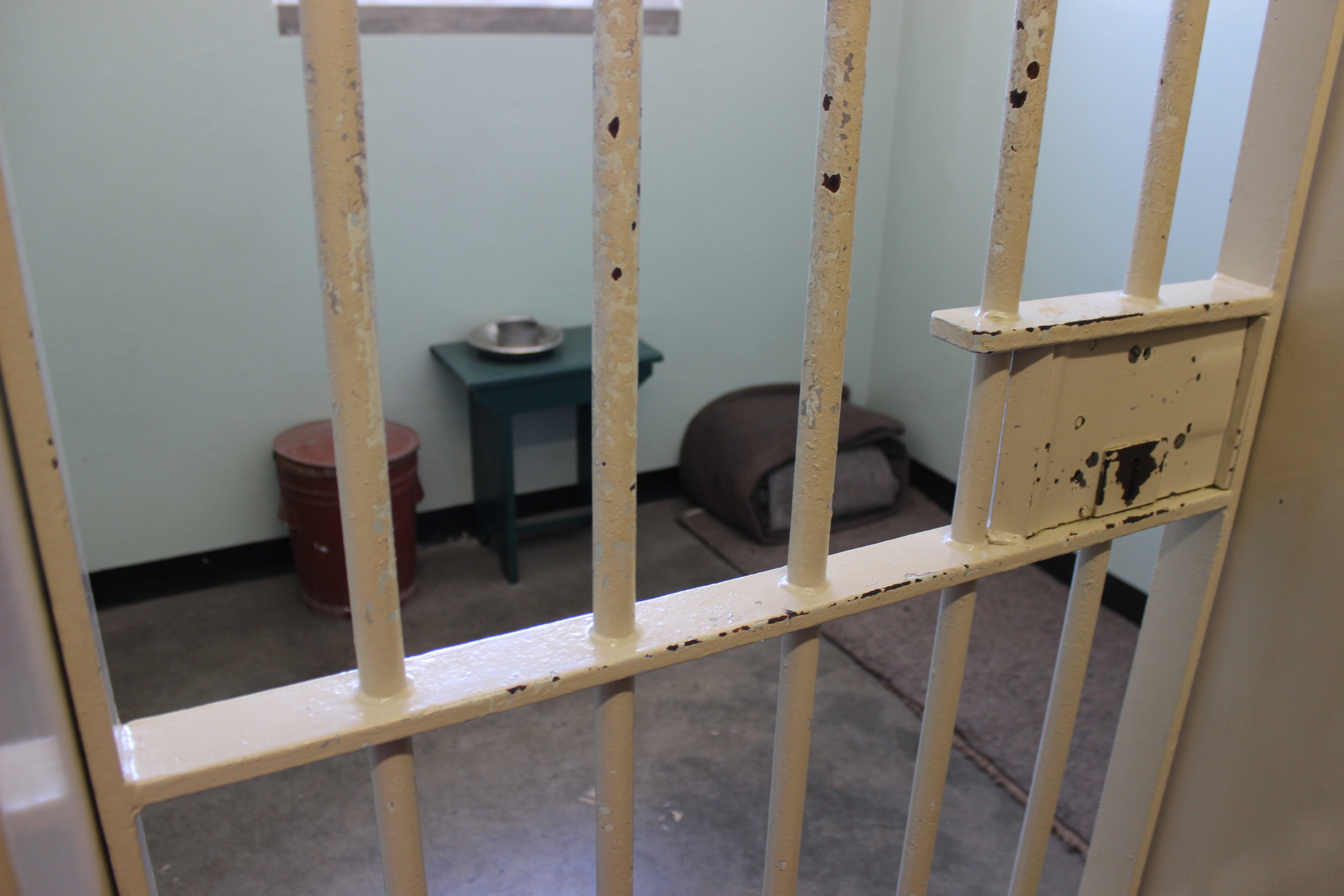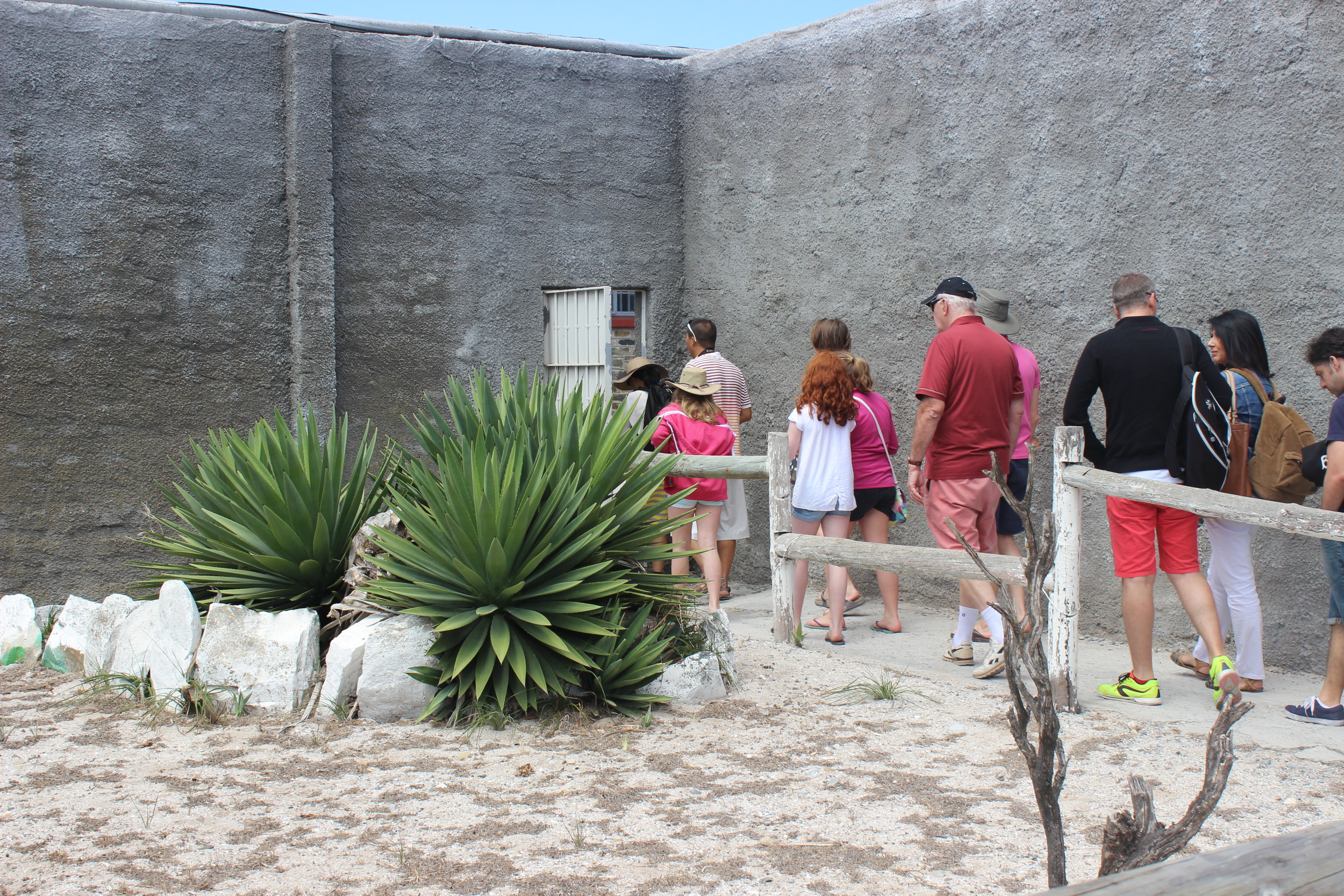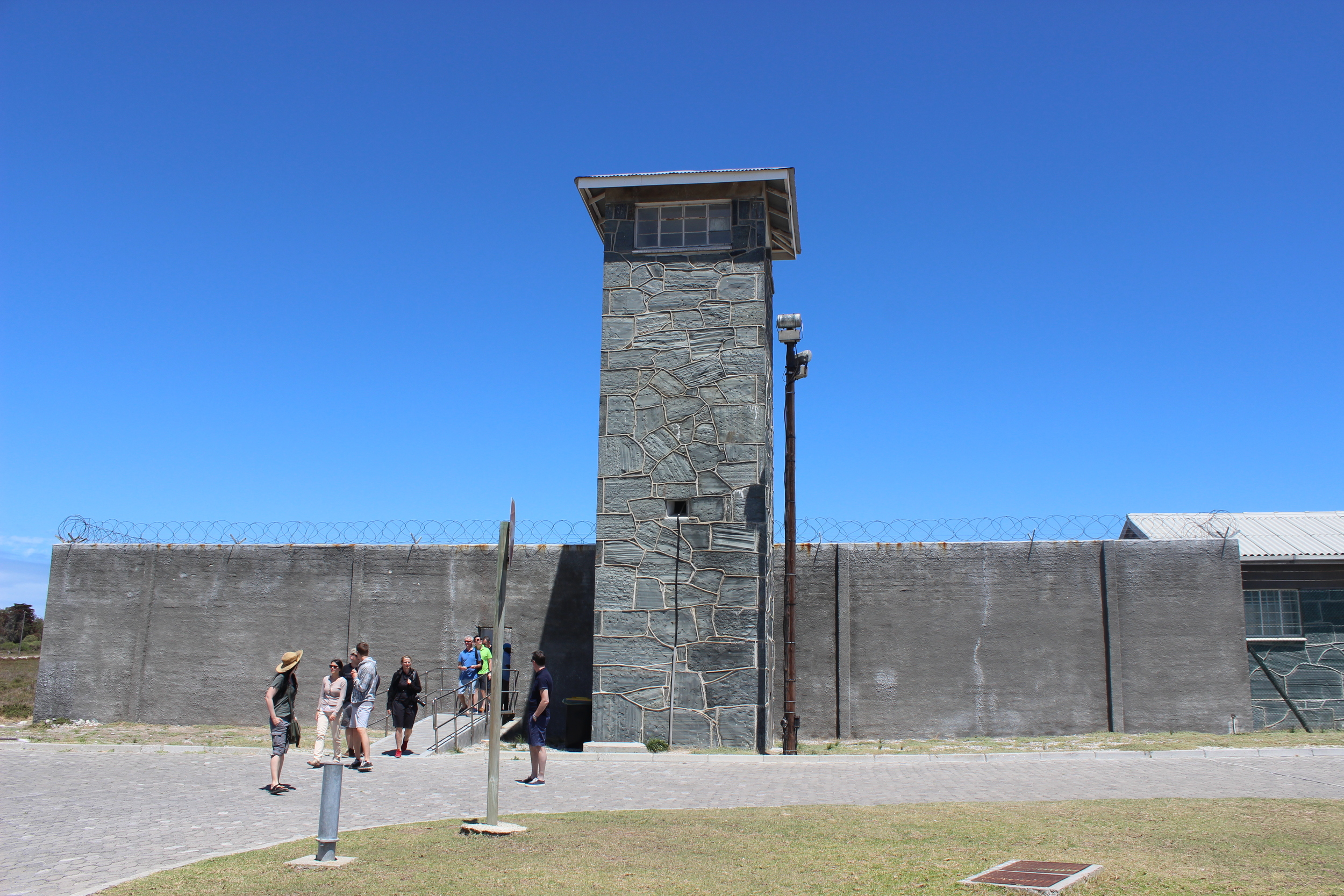Robben Island is most famously known for housing the prison where Nelson Mandela served 18 of his 27 years behind bars. If you're like me, when you hear this and think of Robben Island, you imagine a cold and gray fortress sitting atop a hill with nothing around it for miles, much like California's Alcatraz. However, when I visited Robben Island, I was surprised to learn that my imagination had led me astray. After setting sail from the V&A Waterfront for about 50 minutes, we packed in tour buses that gave each group a brief synopsis of the island's history.
Dutch for "Seal Island," the island has had many uses over the years including housing a Dutch prison, a place to quarantine lepers from Cape Town, a British Navy base and most famously, a place to house political prisoners in the 1960's through 1990's. The island has its own vegetation, landscape, and wildlife that includes springboks, turtles, and penguins. Employees of the island still reside there.
I learned many things I didn't know during my visit to Robben Island, especially about the other important South African political activists who also served time there. We were even able to hear directly from a former prisoner who now serves as a tour guide. He explained some of the conditions they lived in, what it was like to be a prisoner with Nelson Mandela, and how they stuck together as a band of brothers to make it through those difficult times.
I don't want to comment on my thoughts and feelings because I think the significance of visiting Robben Island will mean something different to everyone. So I thought the best way to showcase my visit was through a photo essay. You're able to see the island, its facilities and the amazing view across the water to Cape Town.
